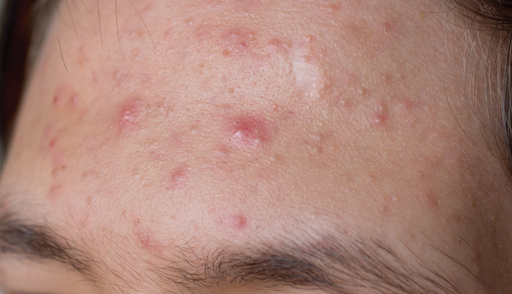Oral antibiotics in acne could promote resistance
In Clinical
Follow this topic
Bookmark
Record learning outcomes

Oral antibiotics are routinely prescribed for acne for longer than NICE recommends, delegates to the recent British Association of Dermatologists' annual conference heard. Acne patients also experience delays accessing treatment.
Researchers from Harrogate retrospectively reviewed 928 acne patients aged between 12-25 years (54 per cent male) referred to secondary care. Lymecycline was the most commonly prescribed antibiotic in the study (65.1 per cent), followed by oxytetracycline (45.2 per cent), erythromycin (46.2 per cent), trimethoprim (20.8 per cent), doxycycline (9.9 per cent) and minocycline (15.5 per cent).
On average, patients received oral antibiotics for 6.5 months, which exceeds NICE guidance. Lymecycline was prescribed for a period of up to 84 months. Thirty-nine per cent of patients had been prescribed two antibiotics, while 21.1 per cent were prescribed three, 6.9 per cent four and 2.5 per cent five different antibiotics.
Of the patients reviewed, 43.1 per cent had acne for at least four years before referral to secondary care. Delays accessing effective treatment increases the risk of acne scarring. In this study, 94.7 per cent had evidence of scarring when referred.
€Results from this study could help to drive a change in prescribing habits in line with the national antibiotic quality premium,€ the authors suggest.
